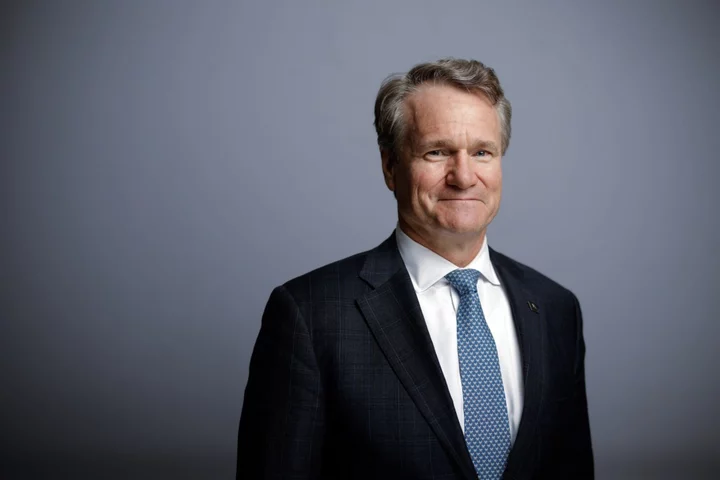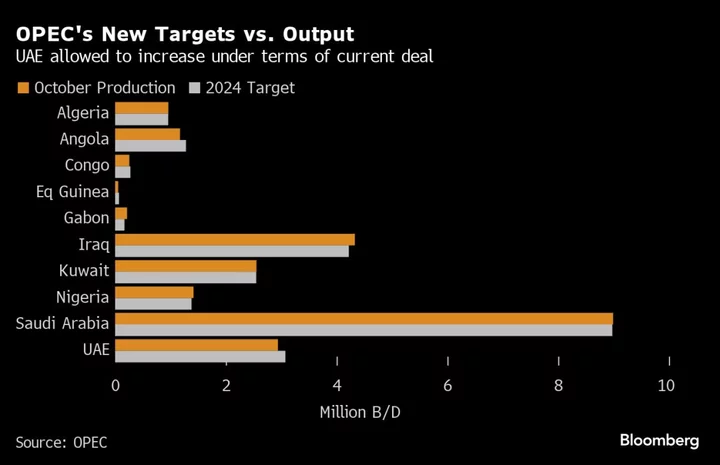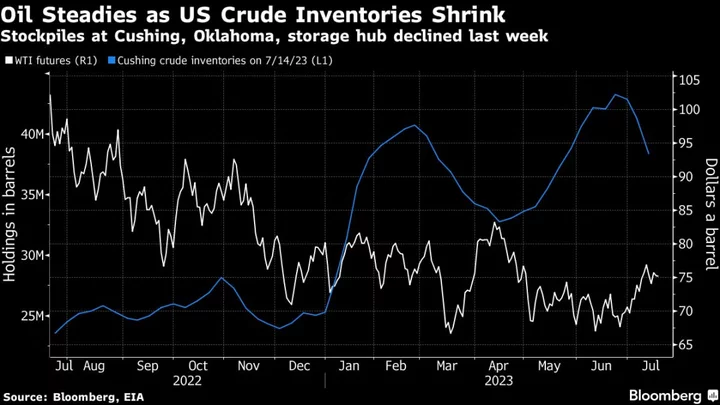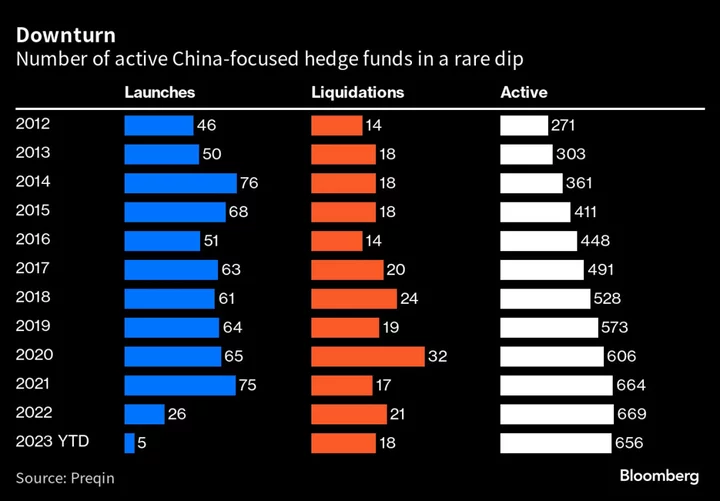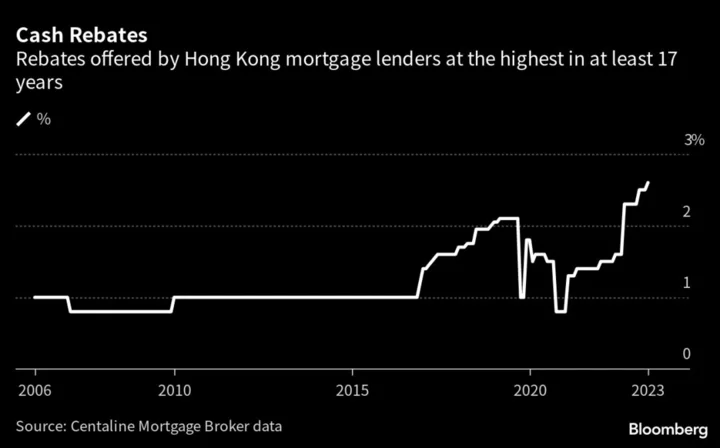Bank of America Corp. Chief Executive Officer Brian Moynihan said the firm reversed its prediction for a recession in coming months because of strength in the jobs market and robust consumer spending.
“People are employed, they have money, they are spending money,” Moynihan said in a Bloomberg Television interview Thursday. “It looks like we are reaching a pretty good equilibrium.”
Economists at Bank of America earlier this week scrapped their forecast for a recession in the US, becoming the first large Wall Street bank to officially reverse its call amid growing optimism about the economic outlook.
The change came after Federal Reserve Chair Jerome Powell told reporters that the central bank’s own economists are no longer forecasting a recession.
The resilience of the US economy this year, despite the most aggressive Fed tightening cycle in decades, has forced many on Wall Street to repeatedly revise their forecasts for when the country will fall into recession. Now, with recent data showing persistent strength in hiring alongside moderating inflation, forecasters are beginning to rethink their recession calls altogether.
Odds are low that inflation will accelerate again, Moynihan said, adding that there could still be “fiscal drag” from higher interest rates. “That is what people are forgetting: It is still pretty constraining,” he said. “Lending conditions are tighter.”
Capital Rules
In the wide-ranging interview, Moynihan also said proposed new capital requirements for the biggest US banks risk shifting more banking activity outside of well-regulated sectors.
Since the financial crisis there are “more people under the tent” abiding by an established set of rules, Moynihan said. “If you get the capital regulations — the banking system — too tight, you push things back outside the tent, and that’s a concern.”
Read More: Biggest Banks Face 19% Boost in Capital Mandates in US Plan
The measures, released by the Federal Reserve, Federal Deposit Insurance Corp. and the Office of the Comptroller of the Currency, would force lenders to thicken their cushions to absorb unexpected losses. The eight largest banks face about a 19% increase, with lenders between $100 billion and $250 billion in assets seeing as little as 5% more, according to agency officials.
Bank of America will adjust its model to fit the new rules, and will “make things work,” Moynihan said. But the changes could make all banks less competitive in participating in the global supply chain, which is “more of a trade question and balance-of-power question,” he said. “There is a lot that has to go over the dam here to get these rules right.”
--With assistance from David Westin.
(Updates with comments on capital requirements starting in the seventh paragraph.)

